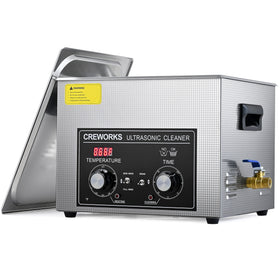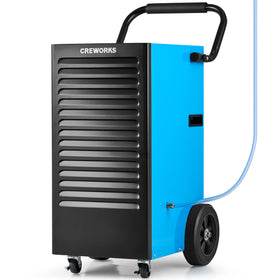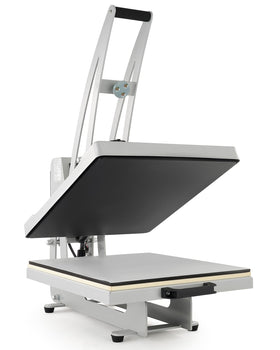With over 10000+ orders
With over 10000+ orders
Q1: What types of materials can be cleaned with ultrasonic cleaning machines?
A: Ultrasonic cleaners are effective for a wide range of materials including metals, plastics, glass, and so on.
Q2: How long does a typical ultrasonic cleaning cycle take?
A: Cleaning time usually ranges from 3 to 15 minutes, depending on the level of contamination and the item’s material.
Q3: Can ultrasonic cleaning damage delicate items?
A: When used at appropriate frequencies and power levels, ultrasonic cleaning is safe for delicate items. If you are unsure, it is recommended to consult the manufacturer for guidance.
Q4: What cleaning solutions are used in ultrasonic cleaners?
A: Most ultrasonic cleaners use water-based solutions, sometimes with added detergents or solvents tailored to specific cleaning needs.
Q5: How often should the ultrasonic cleaning machine be maintained?
A: Regular maintenance includes cleaning the tank, checking the transducers, and replacing the cleaning solution as needed, typically after every few uses.












Leave a comment